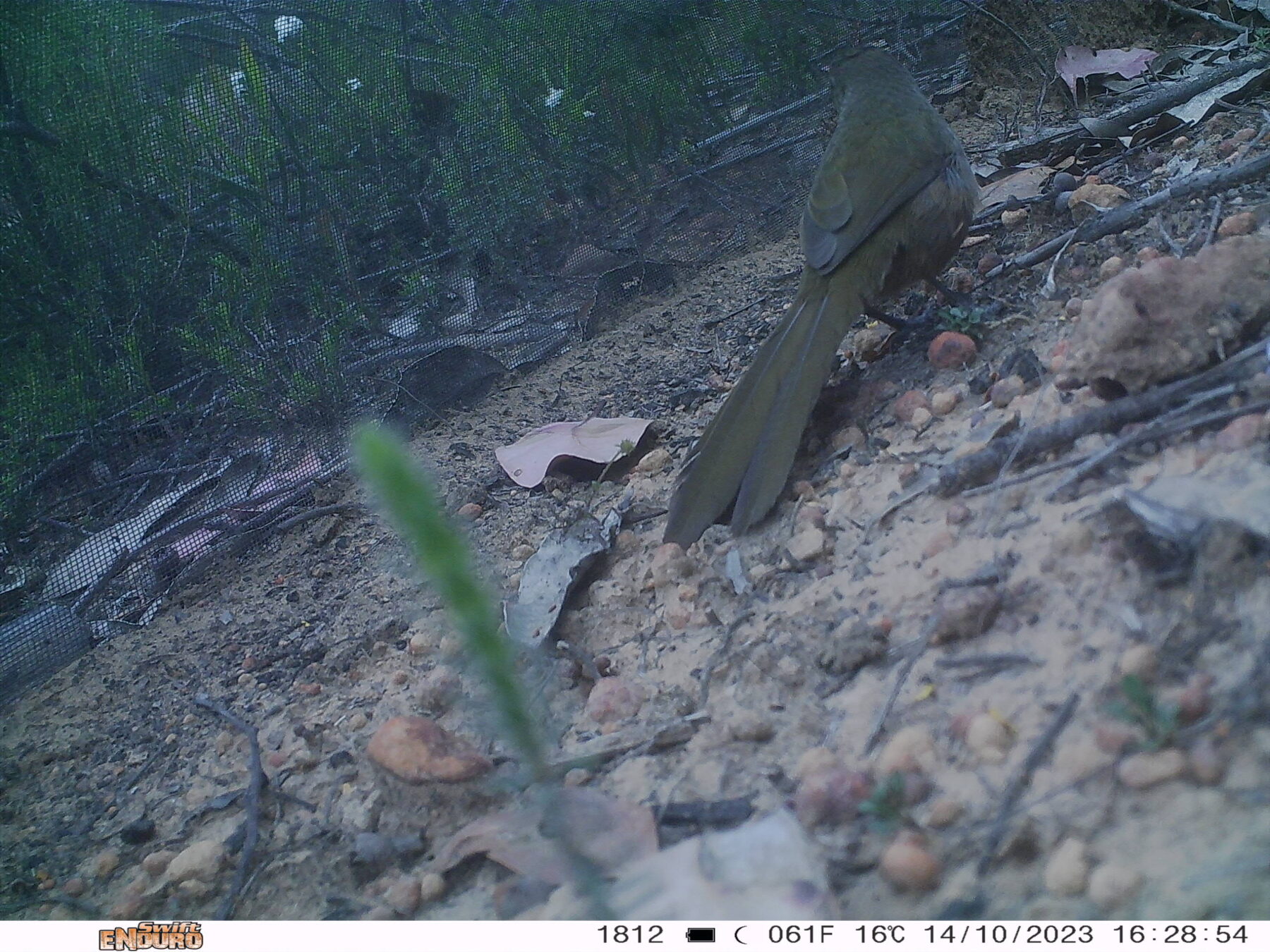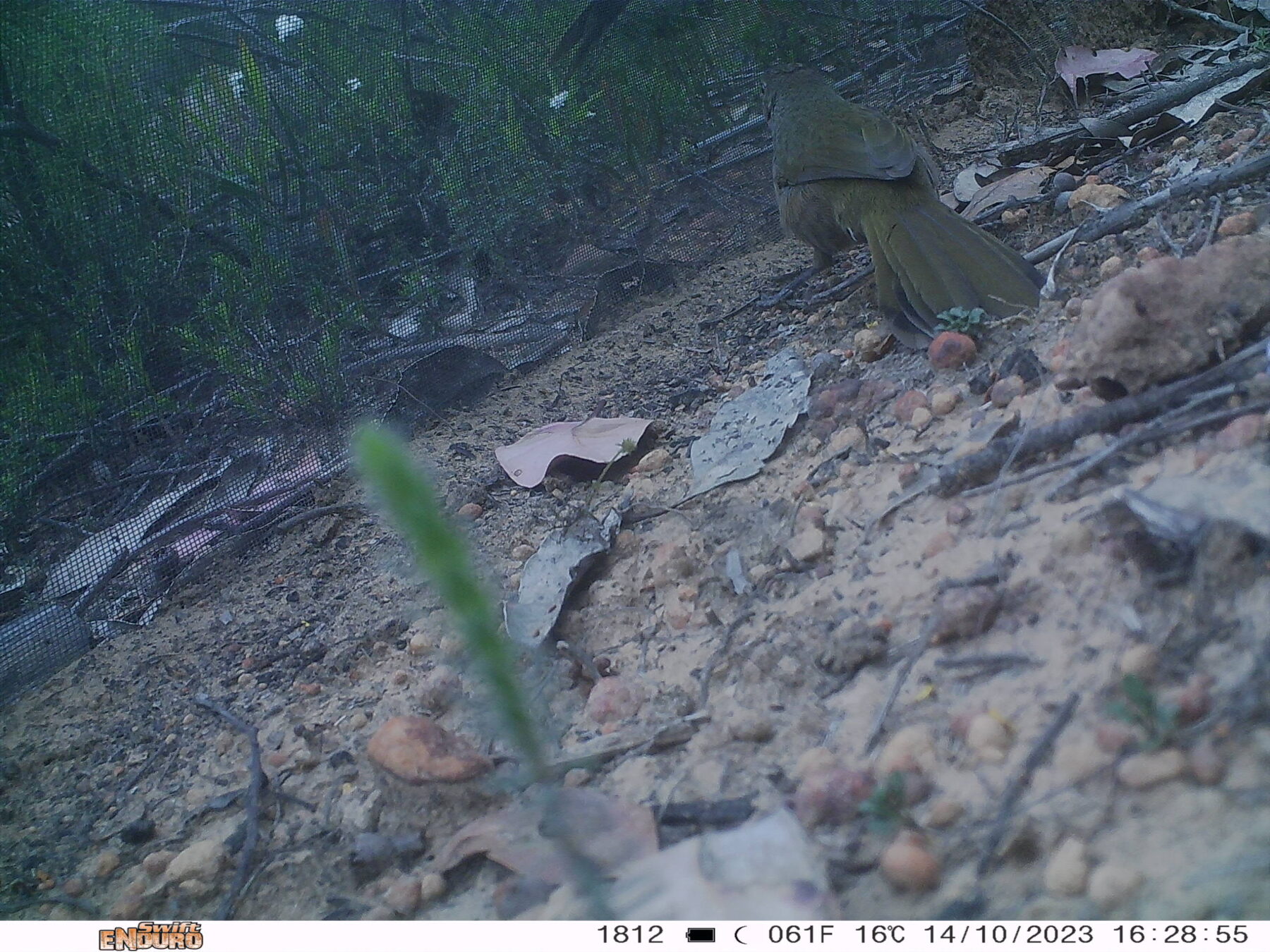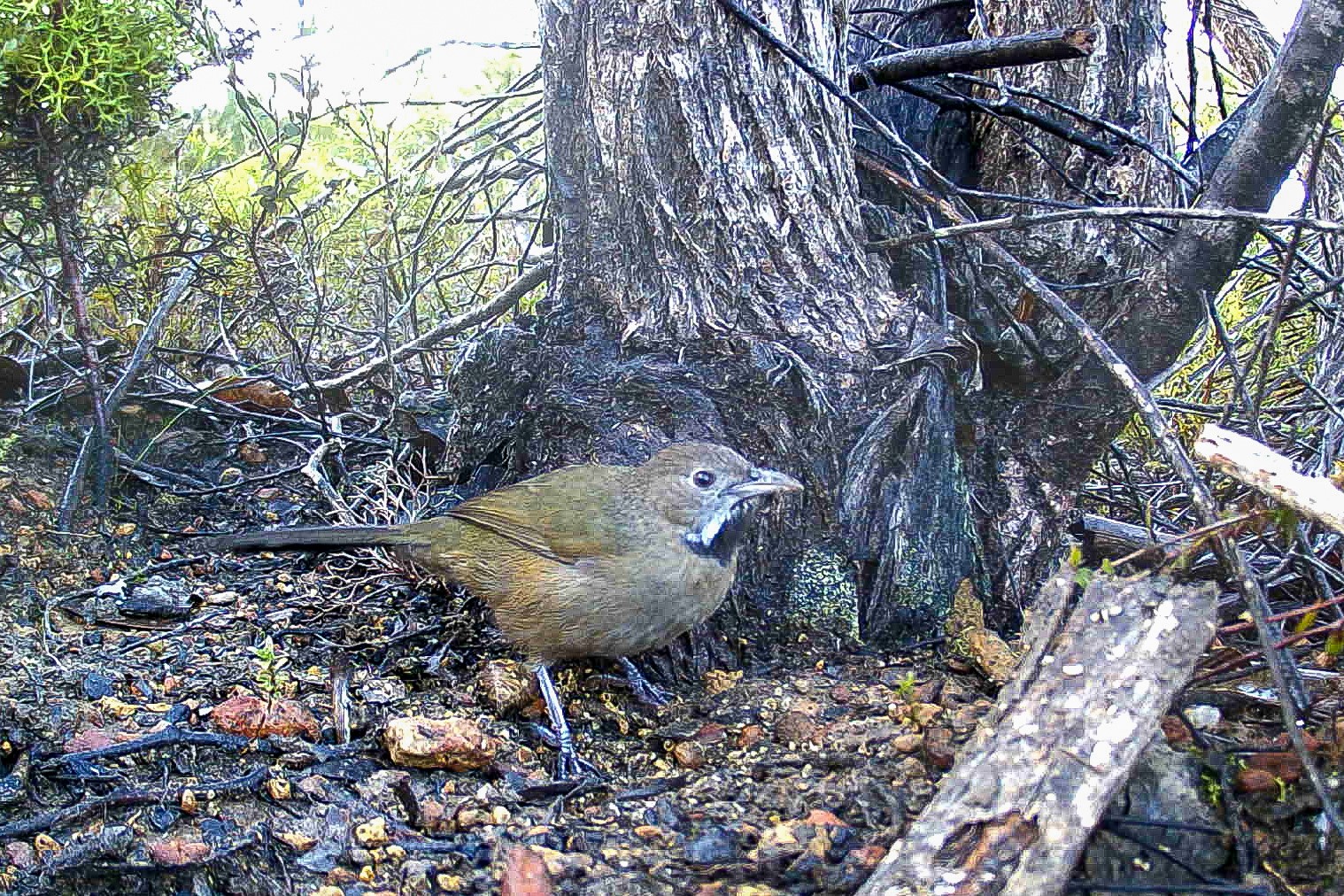Endangered western whipbird returns to Kangaroo Island after bushfires

Once found throughout Kangaroo Island’s western Mallee Woodlands and Heathlands, populations of the Kangaroo Island western whipbird – a subspecies of South Australia’s western whipbird – were decimated by the Black Summer bushfires of 2019–20.
Following the fires, the sub-species did persist in fire scars within the Flinders Chase National Park and in the large unburnt North West Conservation Alliance, according to the Australian Wildlife Conservancy (AWC). However, the group says that with so much competition in the western woodlands’ minimal remaining habitat, and despite supplementary feeding from local ecologists, the birds slowly moved away from the western side of KI and eventually disappeared. The last time any individuals were seen in this habitat was just a few months after the fires. Their national conservation status was uplisted to endangered shortly after.
The core range of the KI western whipbird (Psophodes nigrogularis lashmari) has now been incorporated into the Western River Refuge – a 369ha feral predator-free refuge established in response to the devastating fires by the AWC, Terrain Ecology, and Kangaroo Island Land for Wildlife with support from local landholders Jamie Lib and Andy Doube.
Camera trap breakthrough
A team led by Pat Hodgens, Terrain Ecology’s principal ecologist, deployed 28 camera traps to monitor the status of threatened and endangered animals in the area, specifically to monitor the KI dunnart (Sminthopsis aitkeni) and southern brown bandicoot (Isoodon obesulus).
It was one of these camera traps that captured footage of the elusive whipbird.
“We were flicking through a few thousand camera trap images, and by chance, there was a pair of whipbirds in two of the images,” Pat said. “It was like finding a needle in a haystack – a chance encounter.”
Recovery of vegetation in the area now means there is enough habitat for the whipbird to thrive, Pat explained, and the added safety of the refuge fencing means the species, which forages among leaves on the ground, is protected from predation by feral cats.
Refuge protection
“This pair is currently living in Western River Refuge, the only cat-free area on Kangaroo Island,” Pat said. “We’re hoping they will stay and breed up within the safety of the haven.
“It has been a waiting game to see how long it will take for the species to recolonise the fire zone at this site, and although it has taken a little longer than expected, it looks like they are slowly making their way back.”










